Engage Students with a Real Writer’s Conference
A MiddleWeb Blog
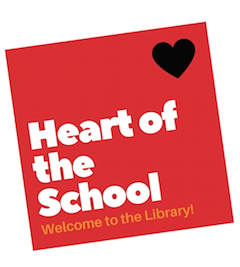
Conferences are invigorating! They offer a chance to collaborate, to network, to develop new ideas, and spark renewed love for the work we do.
So why not offer that thrill to children?
At my school, we do. Each spring for almost a dozen years, we have hosted local and national authors at the St. Croix Falls School Writer’s Symposium. It is an all-day mini-conference that offers a keynote speaker, concurrent sessions, and time to network with peer writers and writers from the community.
The Goals
I’m not going to lie. It is extra work to plan and execute this special day, but we do it because it helps us work toward the four goals at the foundation of our writing philosophy.
- Help students see writing as a real-world thing rather than a school-based subject or activity.
- Inspire more authentic reading and writing by getting kids excited to write and meet fellow writers.
- Increase basic writing skills and strategies through direct instruction and plenty of guided practice.
- Introduce students to real authors who can model and talk about their writing lives such that they reinforce goals one and two above.
The Keynote
The first step in planning is to find a good keynote speaker.
For the last three years, we have found a popular writer that our middle-graders love. One year we hosted Chris Kreie, who wrote several of the very popular Jake Maddox sports series books as well as graphic novels and other novels for middle grades readers. Another year we had Johnathan Rand of American Chiller fame. This year we are hosting Tracy Nelson Maurer, a prolific nonfiction writer.
To prepare the students, we buy multiple copies of the authors’ works and challenge students to read as many as possible. Teachers generally use the featured author’s books for read alouds as well. By the time the day of the symposium arrives, the children are excited to meet the author and to ask her or him questions.
The Concurrent Sessions
We also offer five concurrent sessions for students to attend. Each session is half an hour. However, unlike a “real” conference, the students attend all sessions on a rotating basis. We have removed choice. That is something I hope to incorporate in the years to come, but among the things I’ve learned in my years as an educator is to not stop doing things because they’re not perfect. Below are this year’s sessions.
1. Question and Answer with Keynote Tracy Maurer: Generally the students have many questions for the guest author and they really enjoy the chance for informal conversations about the topics that most interest them.
2. Journaling: Writing About Your Life: I lead this session. I have been keeping journals for more than thirty years. I bring a good sampling of my journals and show the kiddos how my writing has evolved and how I mix scrapbooking (of sorts) with drawing (of sorts) and writing to think about and celebrate my life.
3. Bringing Narrative Writing to Life with TAFT-D: My husband does this session every year. He teaches students to think about good narrative writing as a pattern of characters talking, doing, feeling, and thinking. I’ll write about the genius of TAFT-D in another post down the road, I promise.
4. Story-Boarding: Get it Down on Paper!: Mrs. Klein, the best school librarian in the world, will work with kids on using images to get ideas down on paper before writing.
5. The Five W’s of Story: Retired teacher Mrs. Trombly comes back every year to work with the students. Last year she did a session called “Fun with Punctuation” This year she is talking with them about how asking questions can lead to good narratives.
Here is a link to the schedule for our May 2019 conference. Notice that we built in lots of breaks and time for students to write. We started doing that after feedback from kids called for more time to write. The sessions get the kids excited and they really want to put pencil to paper.
In other years we have had different guests and different sessions. We’ve had bloggers, song writers, poets, and newspaper writers. We’ve had middle and high school teachers and once the high school principal. Kids have learned to gather their writing ideas, use juicy words, add imagery to their pieces, use dialogue, think about writing as self-expression, and much more.
Other Things to Consider
In addition to the “meat” of the symposium shared above, we extend our students and our own learning from the event in four ways.
1. One of the students’ favorite parts of the day is that each child gets to take home a new journal. I shop for them all year, and whenever I come across inexpensive notebooks with cute covers or that look a little higher in quality than their price might suggest, I pick them up. I often find excellent journals at Dollar Tree stores. This year I spent about $90 and was reimbursed by the Parent Organization.
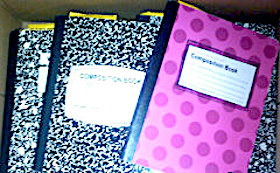
3. We include the learning from each session in the rest of the writing lessons we teach. For example, the information on TAFT-D (using Talking, Action, Feelings, Thoughts, and Description in narrative writing) is used in the fiction writing unit that immediately follows the conference. Teacher use the anchor chart (shared above) and students code their drafts and work on revision based on what is missing.
4. Perhaps most important to our learning as teachers, we ask students to fill out a feedback form. They rate each session and the day as a whole, and offer suggestions for improvement. For the most part students report loving the day, and the most often suggested improvement is that we offer the students more mini-donuts during the scheduled breaks.
The Money
If you are interested in doing a Writer’s Symposium or something similar at your school, you might be wondering about the costs and how we get the money to pay for them. Each year the cost is different. The little things, like buying journals and snacks are easy to pay for with building funds or parent group donations and rarely cost more than a couple hundred dollars. Most of the guest presenters are gracious enough to donate their time.
The largest cost is for the keynote speaker. When we have big-name authors, their speaking fee can be as much as $2,000. Local authors tend to be a lot less. This year I was able to get a Donors Choose grant to pay the entire cost of the author. In other years, I have found funding through the parent group. Now that I am the principal of the school, I can include it in the budget – and I will, because it is worth it!
Give it a Try!
Over the years, students consistently say that they loved the Writer’s Symposium and their parents report that it inspires them to write. My goal is to expand the event beyond one grade and get a similar conference going in every grade at my school. I hope you’ll try it too!
Have questions? Reach out! I will be happy to chat with you, offer up some of my ideas, and steal some of yours! That’s what collaboration is all about, right?
_______________________________________________
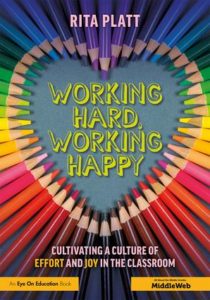

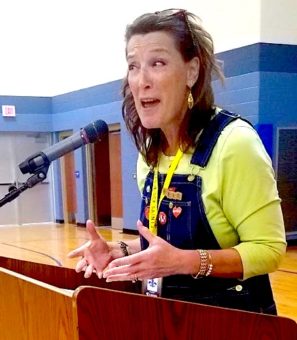
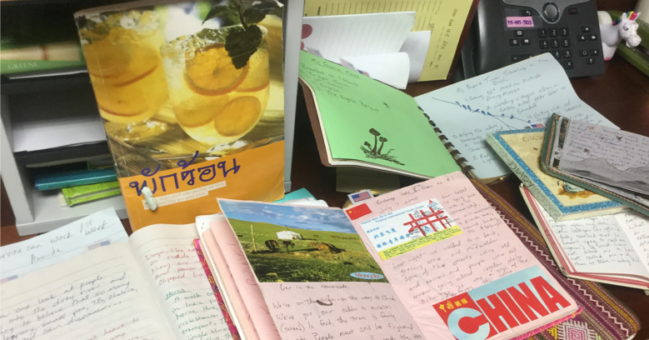
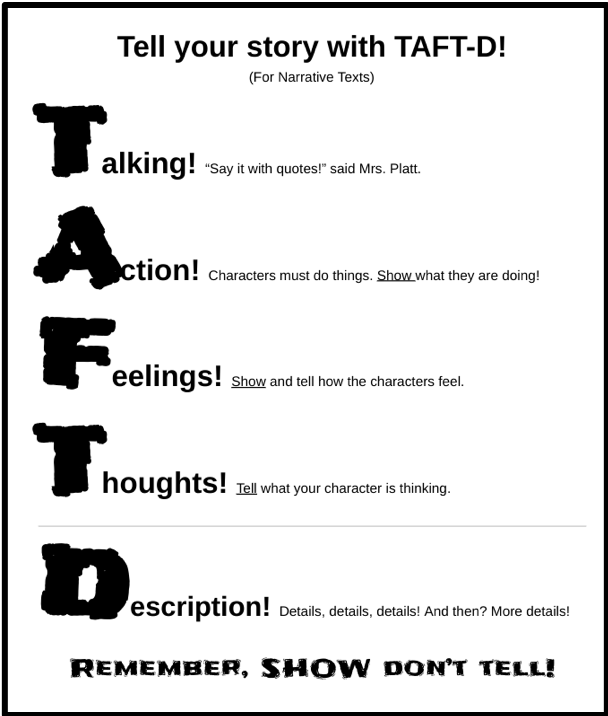
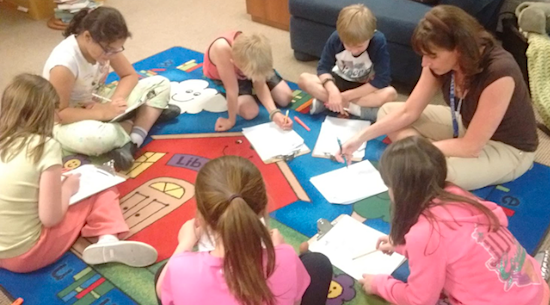






























I understand you offer the conference for only 1 grade in your school. What grade and how many students are included? Did you have to pay travel expenses for the author as well as the fee? Did you consider partnering with another school to share the cost of the author; perhaps your school one day and the other school the next? or the public library? Thank you for sharing.
Last year we did this with 3rd grade but the grade doesn’t really matter. I did it with 7th graders and 5th graders in past years. There are about 90 kids involved.
As for paying for author travel, that depends completely on the author. Some years we do, some years we don’t. The closer the author lives to your school, the less likely they are to charge for it. I have reached out to other schools each year and never get any takers. The local public library, however, is often very involved. Again, that depends on who the director/youth librarian is. There is LOTS of turnover at our local public library (it’s a low-paying job, unfortunately.)
Thanks for the questions! I welcome them… it may sound a little scary but the rewards are huge!